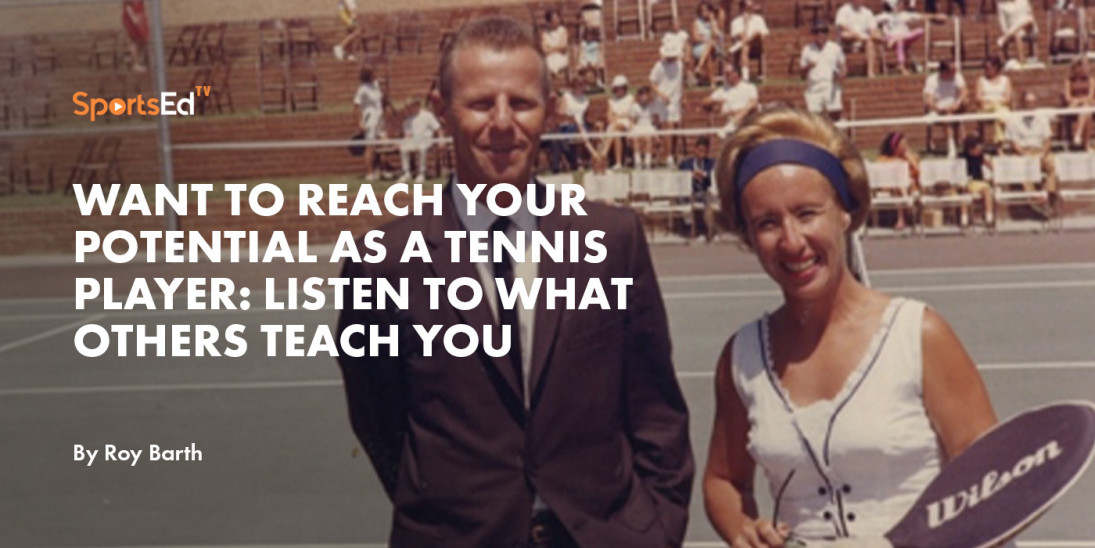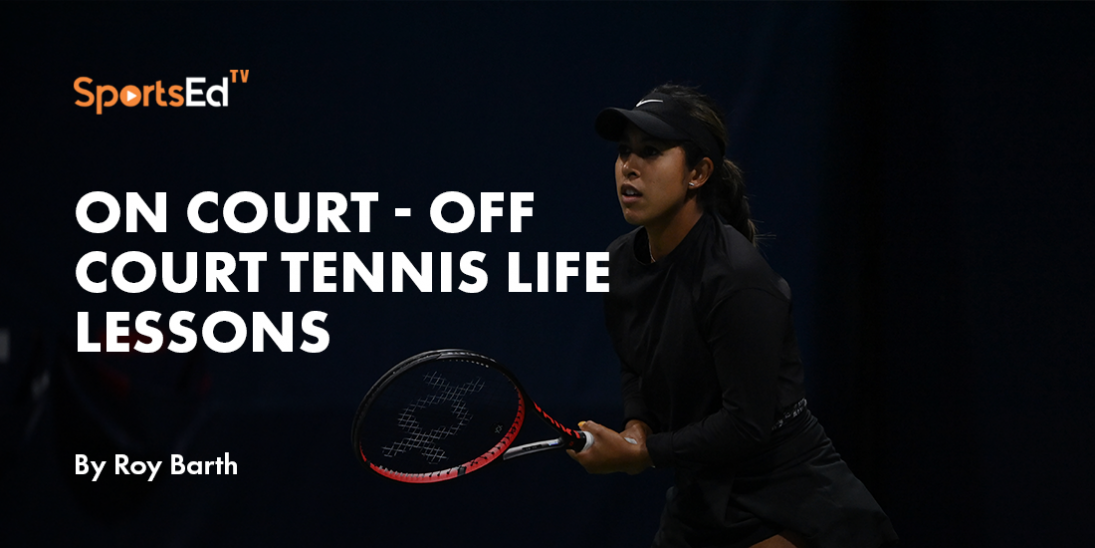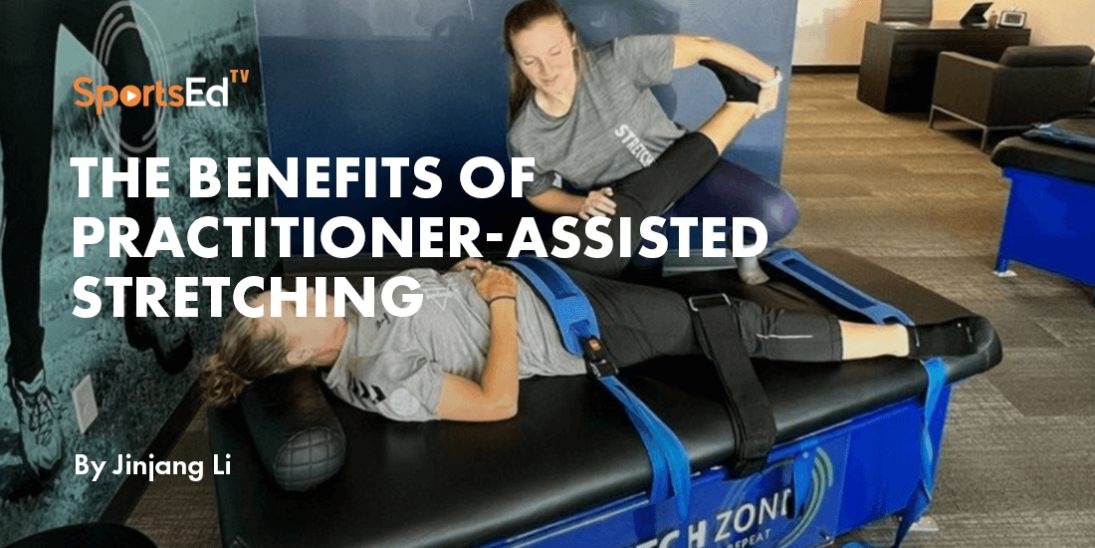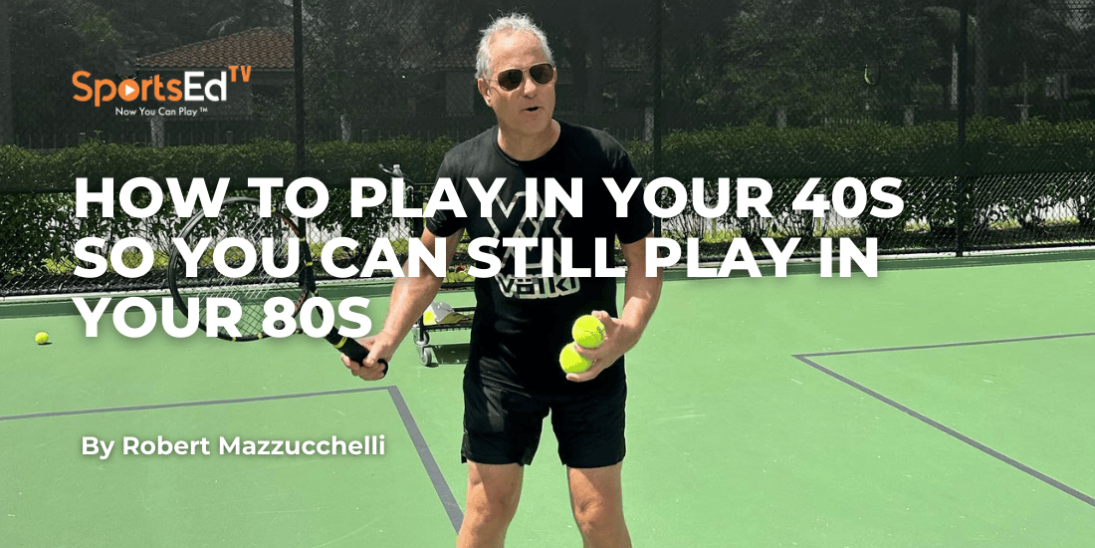Tennis
Welcome and thanks for visiting...

Transitioning to College Tennis By Roy Barth
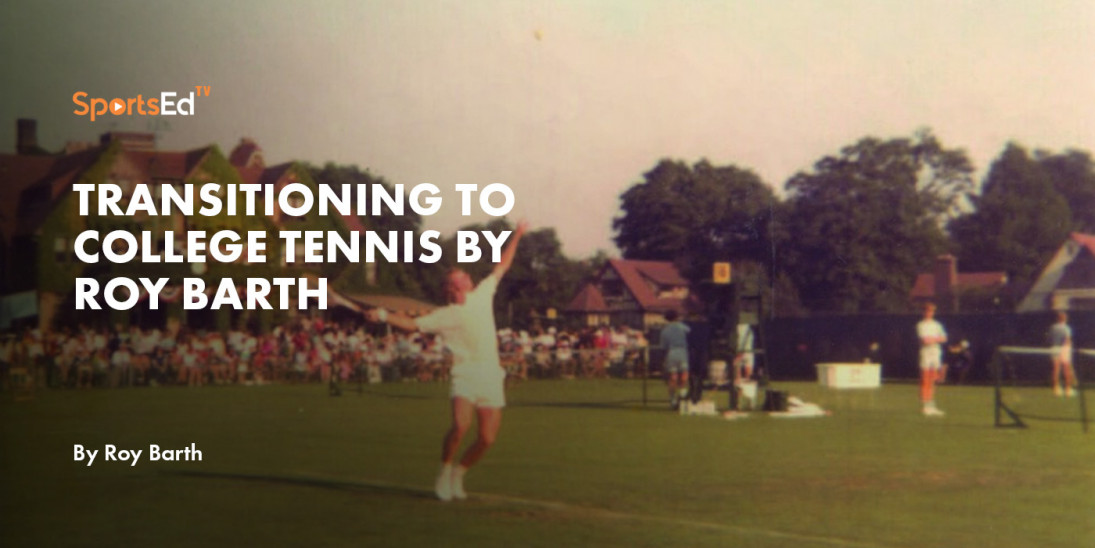
Roy Barth grew up in San Diego, California. He played in Southern California and went on to win three national junior tennis titles. At UCLA, Barth was a two-time All-American and graduated with a Bachelor of Arts in economics.
Barth joined the professional tennis tour in 1968 and was a founding member of the ATP. He played in the US Open eight times, including a run to the fourth round in 1969. Beginning in 1976 — and for the next 42 years — Roy was the director of tennis at the Kiawah Island Resort, growing it into the No. 1 Tennis Resort in the World. He is also the past president of the USTA South Carolina and a member of both the South Carolina and Southern Tennis Halls of Fame.
Roy has written the Tips for Better Tennis Instructional Manual and produced the Tips for Better Tennis DVD and his latest book Point of Impact.
In his book, Point of Impact, and in his previous blog, Barth writes about how tennis teaches life lessons, and he emphasizes respecting your coaches, especially during your developmental years. What you learn from tennis in the early years can impact your entire career and life. The book describes how tennis gave Barth the tools to manage the challenges he faced on and off the court.
The following is an excerpt from his book, Point of Impact, which describes some of the most important tennis lessons he learned while in college.
Two of the most important tennis lessons I learned at UCLA were from a graduate student and from a coach.
Hang on Like a Crab
My first semester at UCLA was overwhelming. I was one of 3,000 freshmen, and about 150 of them were in each of my freshman classes. No one noticed if I showed up or not. Very different from high school.
Fortunately, I found my comfort zone on the tennis team, and most specifically under the guidance of Allen Fox. Allen was a former three-time All-American and NCAA singles and doubles champion for UCLA was ranked five times in the Top 10 in the US men’s singles and reached the quarterfinal round of Wimbledon in 1965.
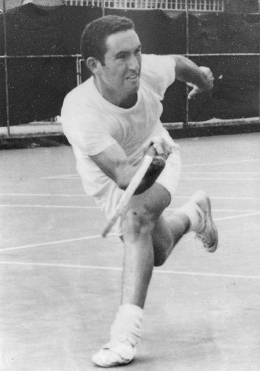
photo: Allen Fox
Allen was back at UCLA studying to earn a PhD in Psychology and was invited to practice with the team. He was 5’8” a little shorter than me—and played a similar counter-punching style. He was tenacious on the court and difficult to beat. He never gave me any “free” points and rarely made an unforced error.
Allen taught me never to give up. One day, he came over to my side of the court, grabbed a fistful of my shirt with outstretched fingers, shook me, and said, “You must hang on like a crab and never give up.”
The memory of that moment kept me in a lot of matches, including my first match at Wimbledon. In 1968, I was a last-minute entry into the main draw with one day’s notice to get from San Antonio, Texas, to the All-England Club in London. The morning of my first match, the London Tube (subway) system went on strike, and I couldn’t get to my match as planned. After walking with my gear part of the way and finally hailing a taxi, I arrived at my match an hour late without having eaten or warmed up. My opponent, top-seeded American Clark Graebner, was already there, pacing on Court 14. I was sure I would be disqualified. I wasn’t.
Overwhelmed by the morning’s events and the occasion overall, I quickly lost the first two sets and was down to match point in the third. But I didn’t give up. I won that point, that game, and that set. At 1-1 in the fourth set, the umpire called the match on account of rain. Rejuvenated, I came out the next day and played tougher but still got behind. I “hung on like a crab” and came back to win the fourth set. The fifth set was a battle to the end. Sadly, I lost the match. But I won the right to enjoy having battled back to make something of the match. While it didn’t change the outcome, a close match like that gave me the confidence to keep going.
Get the Most Out of Your Talent
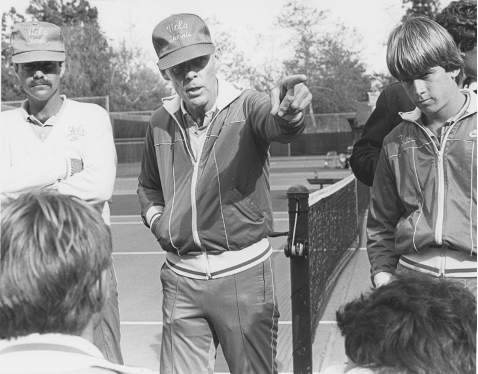
photo: Coach Glenn Bassett
In my sophomore year, Glenn Bassett took over as UCLA’s varsity men’s tennis coach when J.D. Morgan was promoted to athletic director.
Coach Bassett was bullish on practice, practice, practice, and more practice—a style he gleaned from UCLA's legendary men’s varsity basketball coach, Johnny Wooden.
Like Coach Wooden, Coach Bassett emphasized the process: practice hard and let the competition take care of itself. He would run intensive drills, have us play points for two and a half hours, and then make us run two miles. Every day.
Coach Bassett’s style was to find one thing in each player he could cultivate. He thought my volley was my biggest asset. “You never miss a volley,” he’d say, making me aware that he was watching and inspiring me to never miss another volley.
One of my best college matches was against longtime friend and rival Bob Lutz in front of 3,500 UCLA fans and a local TV audience. I won 8-6 in the third set, beating Bob for the first time since the National 16 Boy’s Hard-Court Championship when I was 16.
The following week, I was named the “John Wooden UCLA Athlete of the Week” and received a handwritten note from Coach Wooden:
What I liked the most about your match against Bob Lutz is that you got the most out of your talent.
I’m pretty sure I volleyed really well that day.
College was a very difficult time for me, personally and professionally. I recognize that many aspiring players skip the college experience, but I wish they wouldn’t.
Barth's new book is available. Click here to purchase:
Website: https://www.roybarth.com/
Instagram: https://www.instagram.com/barthroy/?hl=en
Facebook: https://www.facebook.com/roy.barth.35




